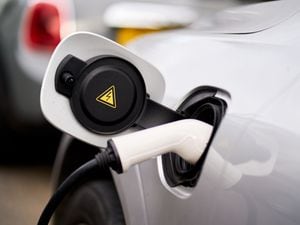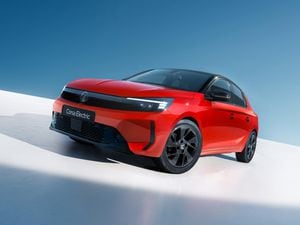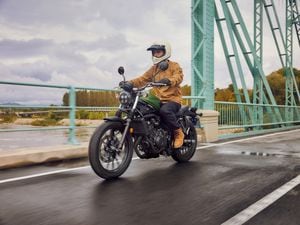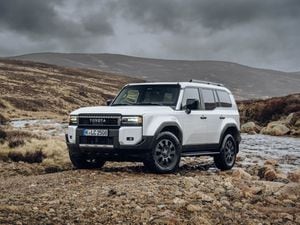Euro NCAP reveals latest safest ratings, with all but one car securing five-star score
Latest round of testing was NCAP’s largest group this year.
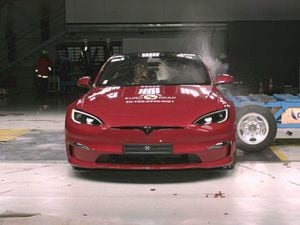
Euro NCAP has revealed its latest round of safety testing, with only out of 16 models failing to secure the top five-star rating.
The car safety organisation said it shows the ‘determination of manufacturers to do well’ in the tests, which was the largest group ratings to be carried out in 2022. Kicking off proceedings was the Tesla Model S – tested again after its last visit to NCAP in 2014 – which secured a five-star rating and the highest score (98 per cent) in the driver assistance category.
Toyota’s new electric bZ4X and its Subaru Solterra twin also receive the top five-star safety rating, as did Hyundai’s Ioniq 6, the new Honda Civic and the Renault Austral.
Nissan had two five-star ratings in the latest round of testing, with its new seven-seat X-Trail and electric Ariya SUVs both scoring well, as did the upcoming Toyota Corolla Cross and the latest Range Rover and Range Rover Sport.
The latest wave of Chinese brands coming to Europe also reaffirmed their commitment to safety, with the new Smart #1 crossover (now produced by Geely in China), Wey Coffee 02 small SUV and Nio ET7 saloon all receiving top marks.
In fact, it was only the DS 9 saloon that didn’t score top marks, with Euro NCAP docking its rating at four stars due to a ‘penalty in the frontal offset test for being an aggressive impact partner towards other electric vehicles’.
Michiel van Ratingen, Euro NCAP’s secretary general, said: “Manufacturers are keen to achieve good scores in this year’s tests as next year protocols become more stringent and provide increased challenges for vehicle development.
“In 2023, in line with its Vision 2030, Euro NCAP will be focusing on a range of new aspects. For example, we are putting in place autonomous emergency braking (AEB) protocols for motorcycles as well as new scenarios in passive safety for pedestrians and cyclists, extending the area where these two vulnerable users might interact with a vehicle. This is necessary progress in safety for other road users.”

